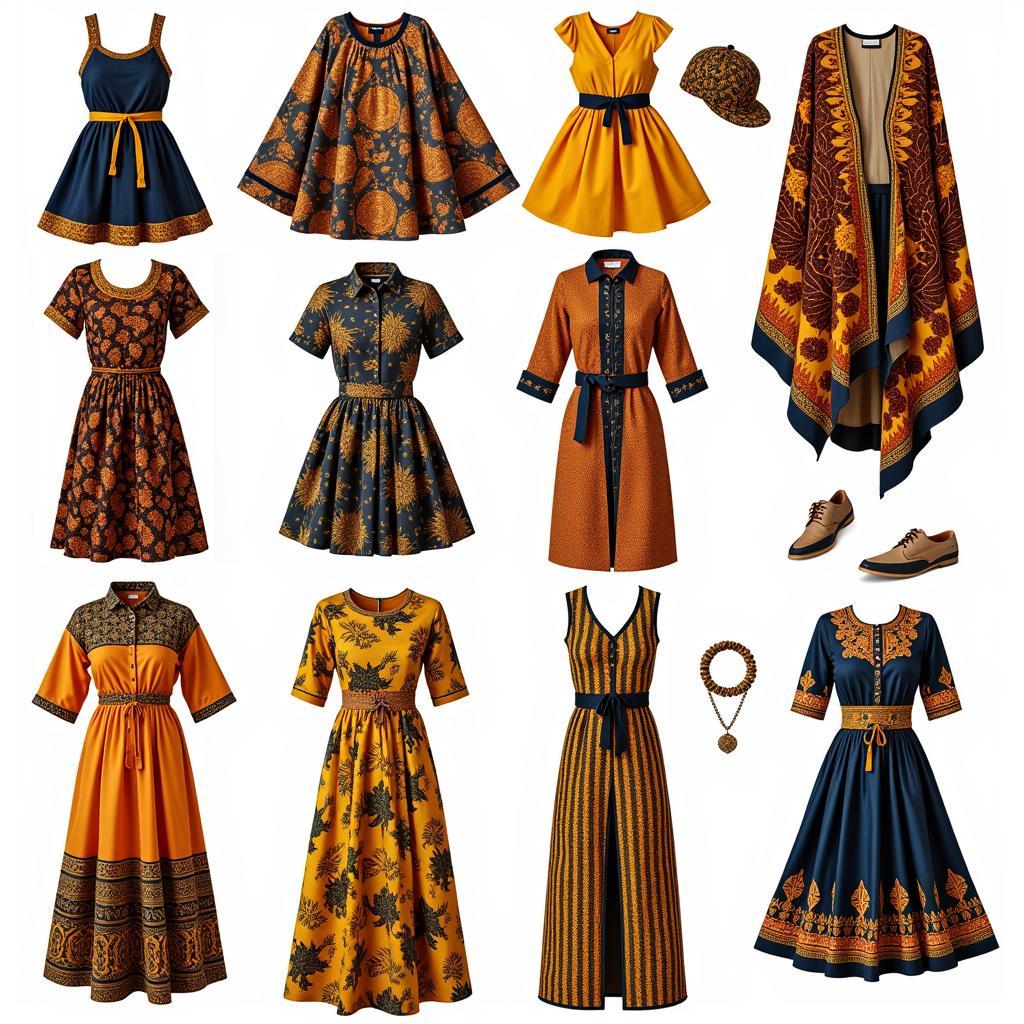African Face Paint: A Look at Its Meaning and Significance
African face paint, a vibrant and captivating element of cultural expression, has long captivated the imaginations of people around the world. From intricate patterns etched on the skin to bold colours reflecting diverse traditions, face paint tells stories of identity, belief, and belonging. The practice of adorning the face with paint is deeply rooted in African history and culture, serving a multitude of purposes beyond mere aesthetics.
This exploration delves into the fascinating world of African face paint, examining its diverse meanings, cultural significance, and the artistry that brings these traditions to life.
The Many Meanings of African Face Paint
African face paint is not simply a decorative art form; it’s a language that speaks volumes about the wearer. Each pattern, color, and application holds profound meaning, often representing:
-
Identity and Ancestry: Face paint serves as a visual marker of tribal affiliation, lineage, and heritage. Certain patterns and colors are unique to specific communities or families, signifying their unique history and ancestry.
-
Spiritual Beliefs: In many African cultures, face paint is intricately linked to spiritual beliefs and rituals. It can be used to connect with ancestral spirits, invoke protection from harm, or symbolize the wearer’s connection to the divine.
-
Social Status and Roles: Face paint can also signify an individual’s social status, role within their community, or even marital status. For example, a warrior might wear distinctive face paint to signify their courage and strength, while a young woman might wear specific colors to mark her transition to adulthood.
-
Ceremonies and Festivities: Face paint is a ubiquitous element in traditional ceremonies, festivals, and celebrations. It’s used to mark special occasions, honor ancestors, or simply add a festive touch to events.
The Art of African Face Paint
The artistry of African face paint is truly remarkable, reflecting the diverse skill and creativity of different cultures. The techniques and materials used vary greatly depending on the region and tribe:
-
Natural Pigments: Many traditional face paints are made from natural ingredients like ochre, charcoal, clay, and berries. These pigments are ground, mixed with water or other binding agents, and applied to the skin.
-
Intricate Patterns: The patterns used in African face paint are often complex and geometric, reflecting the intricate symbolism of the culture. Some patterns represent animal spirits, while others symbolize celestial bodies, natural elements, or abstract concepts.
-
Artistic Expression: Beyond their symbolic meaning, African face paint patterns are also a testament to the artistic talent of the communities. The precise lines, delicate curves, and bold colours often reveal a deep understanding of aesthetics and design principles.
African Face Paint in Contemporary Culture
African face paint continues to be a powerful symbol of cultural identity and heritage in the modern world. It’s increasingly used in art, fashion, and performance, inspiring artists, designers, and performers to embrace the rich traditions of Africa.
“[Quote 1]” – [Name of Expert], Anthropologist
However, it’s important to note that the appropriation of African face paint for non-cultural purposes can be problematic and insensitive. Respectful and responsible use requires understanding the deep-rooted cultural significance of these practices.
“[Quote 2]” – [Name of Expert], Artist and Cultural Activist
As with any cultural practice, it is important to approach African face paint with respect, sensitivity, and an understanding of its significance.
FAQ
1. What are some popular African face paint designs?
There are countless designs, but some common ones include geometric patterns, animal prints, and masks.
2. What is the difference between face paint and body paint?
Face paint is traditionally applied to the face, while body paint can cover the entire body.
3. Is African face paint safe?
Traditionally, natural ingredients were used, but modern face paint might contain chemicals, so always check the ingredients.
4. Where can I learn more about African face paint?
You can explore museums, cultural centers, and online resources dedicated to African art and culture.
5. What are some ways to honor and celebrate African face paint?
Respect the cultural significance, avoid appropriation, and support artists who create and preserve these traditions.
This exploration has touched upon just the surface of the vibrant and fascinating world of African face paint. Its legacy of artistry, cultural significance, and beauty continues to inspire and captivate audiences around the world.
